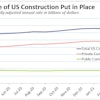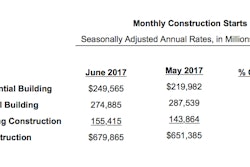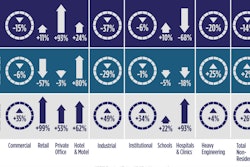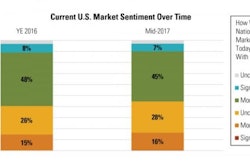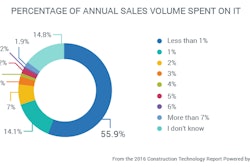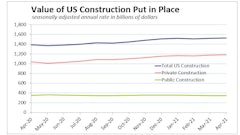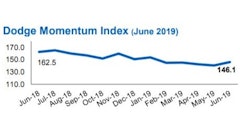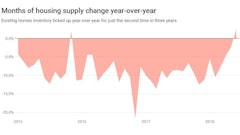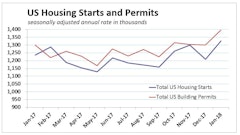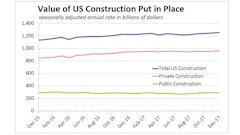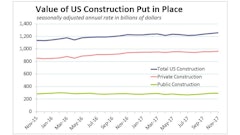At its July 25 and 26 meeting, the Federal Reserve’s Federal Open Market Committee (FOMC) voted unanimously to “maintain the target range for the federal funds rate at 1% to 1.25%.”
Despite voicing concern about recent low inflation trends, which clouds timing of the next rate hike, the central bank said solid job growth and consumer and expanding business spending indicate good U.S. economic conditions.
The FOMC’s statement on the meeting says, “Consistent with its statutory mandate, the Committee seeks to foster maximum employment and price stability.” Evidence cited that suggests the U.S. labor market continues to “strengthen”:
- 2017 additions to payroll employment have averaged about 180,000 per month
- payroll employment increases 222,000 since the FOMC met in June
- Bureau of Labor Statistics’ revised April and May jobs increases upward
- U.S. unemployment rate currently at 4.4%
Inflation has eased in the last three months, slipping further below the Fed’s 2% target, even though job growth has been strong. Typically, a tightening labor market should be pushing up wages and inflation. The FOMC explicitly targets 2.0% annual growth in prices, tracking PCE and core PCE inflation instead of the CPI.
In materials released followings its June meeting, the FOMC affirmed “that changing the target range for the federal funds rate is its primary means of adjusting the stance of monetary policy.” However, the FOMC also plans to shrink its balance sheet.
Part of its monetary actions after the Great Recession, quantitative easing involved the Fed purchasing Treasuries and agency debt and mortgage-backed securities (MBS) as a means to hold down long-term interest rates. These holdings include approximately $1.8 trillion in MBS. Reducing holdings of MBS are expected to increase mortgage interest rates slightly, but the Fed’s announced plan is intended to minimize these effects.
The Fed will begin reducing its $4.5 trillion balance sheet by decreasing reinvestment of principal payments. Future reinvestments will only occur in excess of defined caps. For MBS, this monthly cap will start at $4 billion. The monthly cap will then increase in $4-billion steps at three-month intervals until rising to a $20 billion cap. The FOMC anticipates an incomplete reduction of the balance sheet, leaving some share of current holdings in place.
Although, no date has been set, “the Committee expects to begin implementing its balance sheet normalization program relatively soon, provided that the economy evolves broadly as anticipated; this program is described in the June 2017 Addendum to the Committee’s Policy Normalization Principles and Plans.”
The Fed could launch that process at its next meeting Sept. 19 and 20.
A reduction of Fed assets is expected to nudge up mortgage and interest rates, but policymakers plan to act gradually and in a predictable manner, increasing the amount of maturing securities it will unload each month, with the whole process expected to take a few years.
Economists don’t expect the Fed to increase interest rates again until the FOMC’s last meeting of the year in December, and that may not happen without some firming of inflation in the interceding months.


